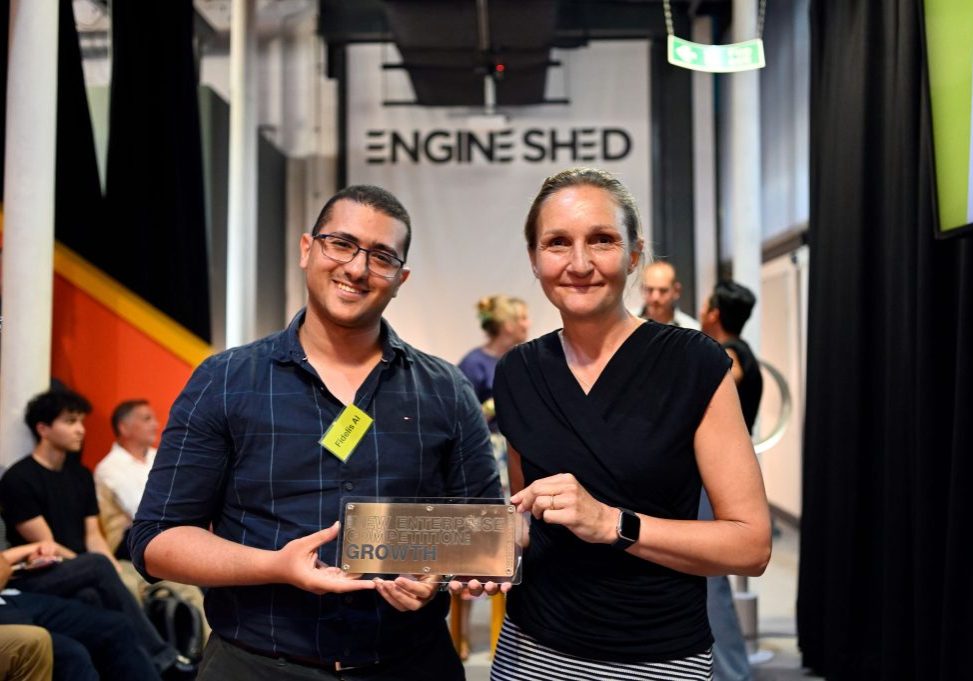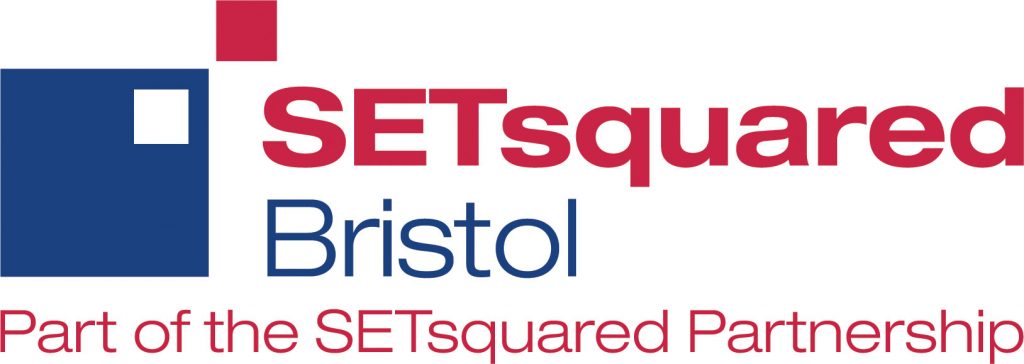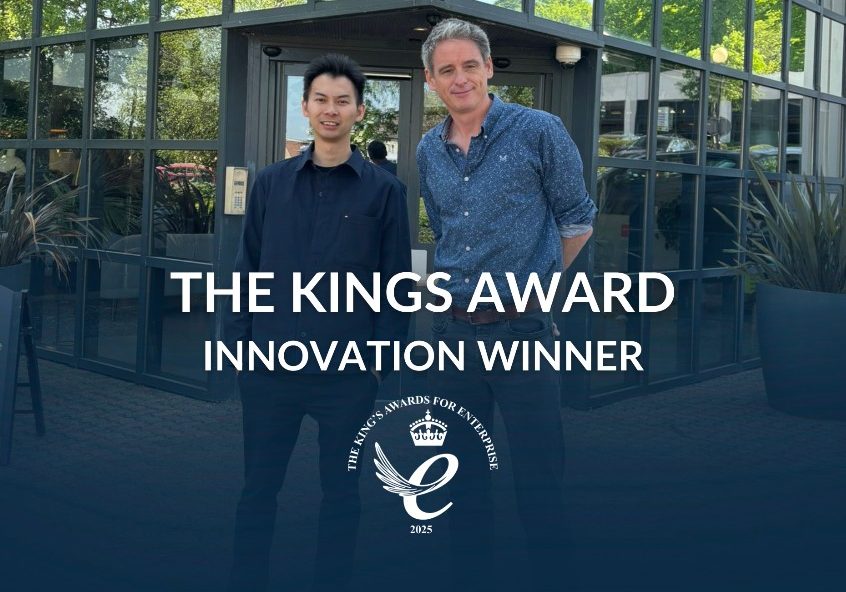How to turn a good idea into a successful product
Posted by
Rhian Jarman
On 30 April 2020, Dr. Steve Kitson, CEO of IMPAX Consulting, ran a workshop for SETsquared Bristol to help attendees understand the steps involved in developing a product and bringing it to market. In a career that spans academia, multinationals and startups, Steve has developed technology ranging from quantum optics to plastic displays and grew his last venture, Folium Optics, at the SETsquared Bristol incubator. Here we share our top tips from the session.
 The people challenge
The people challenge
Building a product and successfully taking it to market is rewarding but is also very challenging. Just having cool technology and some funding is not usually enough to succeed – you’ll need a clear plan and a great team to execute it.
The technology part of getting a product to market is actually the easy and straightforward part – there will be plenty of problems but you, as tech entrepreneurs, are the best people equipped to deal with them. Working with other people is actually the hard part – engaging and motivating people requires different skills. No matter how good your tech/product is, you’ll need to engage people to make it real, whether that’s finding customers, partners, working with co-founders, investors, building a team or dealing with suppliers.
There are, of course two sides to this – working with people to solve challenging problems can also be hugely rewarding and a great opportunity to learn. There’s a bunch of processes that can help you on this journey – learn from the people who have done it before.
Out of the lab and into the market
The New Product Development process (NPD) is a set of engineering steps to take your idea out of the lab as a concept, and into the market as a product that customers will buy. Your strategy and plan need to be centred in what you want to achieve. Engineers and scientists are used to hacking in a lab, but you need to have structure and discipline to be able to bring others on the journey with you. This 7-stage NPD framework can be used to map out the maturity of your development, from idea generation and feasibility to beyond the product launch.

Start by generating ideas around strengths, weaknesses, market sectors etc. Once you’ve got those mapped out, you’ll need to develop a proof of concept that needs to be tested with the market. Is it the solution your customers wanted? This needs to be right before you move onto the next phase. In order to get from one stage to the next, you’ll need to formally check that you’re ready and have completed everything that you need to in that stage.
This is a formal engineering process, the cost of each of these stages will go up exponentially. It’s very expensive to do volume manufacturing, so you’ll need a level of discipline. Many products won’t make it through, and you’ll need to go back through the cycle between stages until it works. The idea is to find the right product that’s worth spending time and money on.
In a startup you may take it all the way through these 7 stages, or there are other options such as licensing at an earlier stage or selling your IP. Knowing this framework in advance gives you some options when it comes to building your strategy.
 Plan the business to include the skills you need
Plan the business to include the skills you need
Where you are within the NPD cycle will determine what skills you need to deploy now and what skillsets you’ll soon need in your team. Work out where you are on the scale to be able to bring in the right people at the right time, instead of waiting for a crisis.
The skills you need will change as you work through the cycle. For example, early on you will need business development skills. Later the emphasis will move to sales which is quite a different skill-set. A common mistake is to wait too late to bring in the skills that you need. Businesses end up trying to bolt functions onto their companies – that can be difficult, expensive and likely to fail. Instead, think ahead as to what functions you’ll need in the business when it matures, and look for ways to bring in the basics early on so that it can grow with your business. For example, when you are a mature business shipping volume product, you will need an effective quality management system. Rather than waiting until it becomes critical and then having to rebuild your business to accommodate it, instead look to bake-in the basics early. Start by writing down your basic policies and processes – this will help you as you bring in new team members, and it can eventually grow into a full quality system, with audits and accreditation, when you need it. By that stage the company will be ready for it and it will be less of a shock.
What game are you going to play?
What do you want from the investment in your time and money? If you can’t answer this, then your chances of success are diminished. If you do know, then your next question will be: what is your strategy for achieving those things? Decide what game you’re going to play and why you think you’ll succeed. Then you’ll need a plan to execute the strategy. What does success look like for you? What can you afford to put into the business? What’s your growth strategy? When do you want to exit?
As you come up with your answers, ask yourself ‘why’ to dig into your core motivations. It’s worth using journaling and mind maps to help answer these questions, as well as getting a business mentor and joining an incubator like SETsquared.
Building products is key to making an impact. But it is difficult… In summary, build a good process, build a strong team, build good governance, use the collective wisdom of those around you, then you can build good products.
For more SETsquared Bristol blogs and business resources, sign up to receive the monthly newsletter.
Recent News, Blogs and Stories



